When the GOATs Come Back

Full Frame is Sports Illustrated’s exclusive newsletter for subscribers. Coming to your inbox weekly, it highlights the stories and personalities behind some of SI’s photography.
To get the best of SI in your inbox every weekday, sign up here. To see even more from SI’s photographers, follow @sifullframe on Instagram. If you missed our story on International Women’s Day, you can find it here.
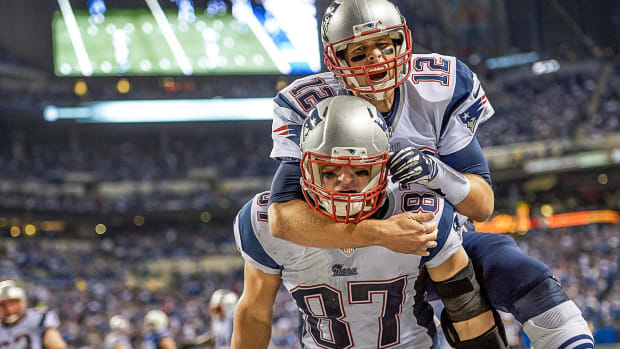
This time of year, the men’s and women’s NCAA tournaments are typically pushed all the way to the front of the collective American sports conscience.
Enter Tom Brady.
The 44-year-old quarterback’s retirement lasted a mere 40 days. In a tweet, he said he’s coming back to Tampa Bay in 2022.
Brady is not alone among some of the greatest athletes of all time to retire, only to come back for a second (or third) time. SI put together this photo gallery that goes through many of the iconic retirees who decided to give it another go.
Some of those attempts went better than others. Michael Phelps, for example, followed a retirement somewhat similar to Brady’s. Following the 2012 London Olympics, Phelps briefly called it a career.
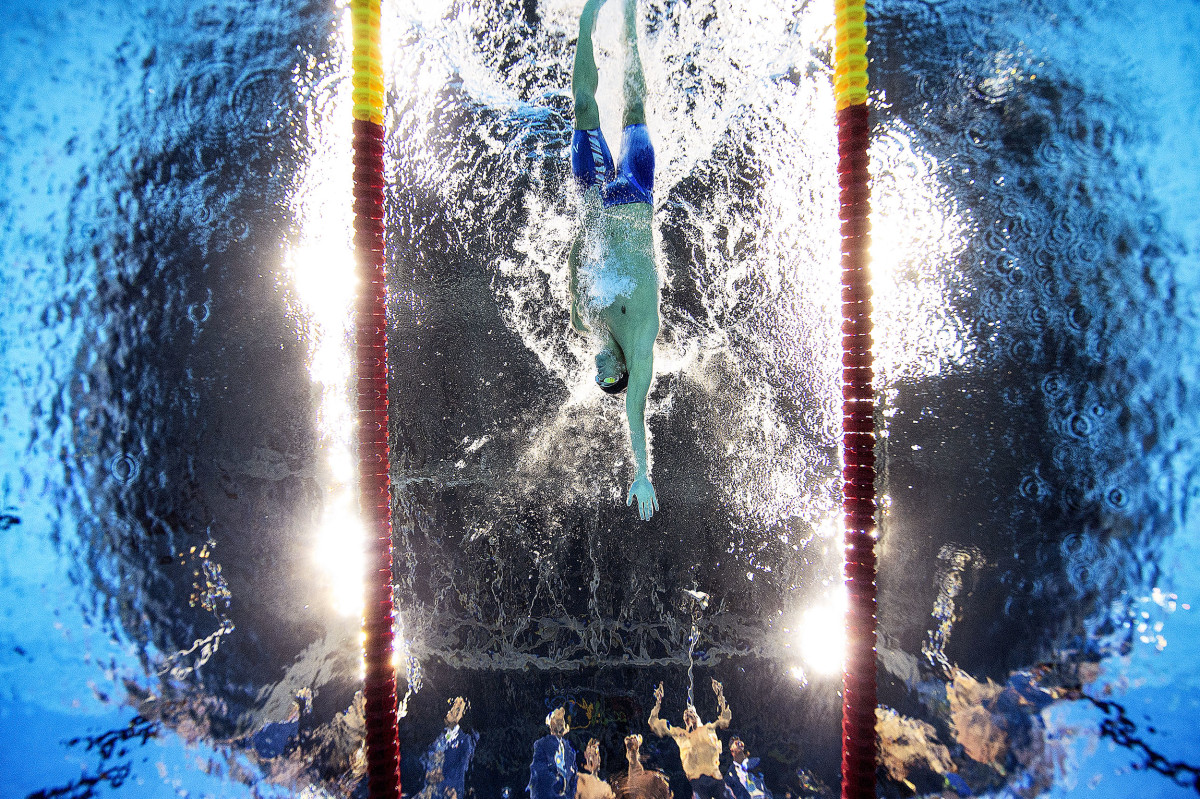
“I told myself I never wanted to swim when I’m 30,” Phelps said in Michael Farber’s Aug. 13, 2012, article titled “The Last Lap.” “That would be in three years. I don’t want to swim another three years. I've been able to do everything I’ve wanted. I've been able to put my mind to the goals I’ve wanted to achieve, and Bob [Bowman, his coach] and I have somehow managed to do every single thing. And I think if you can say that about your career, there’s no need to move forward. Time for other things.”
Well, guess who was winning five more golds at his fifth Olympics in 2016? Phelps.
Fellow legendary swimmer Dara Torres, too, retired and unretired. She did it for a third time in 2008 and, at 41, was the oldest swimmer to qualify for the U.S. Olympic team.
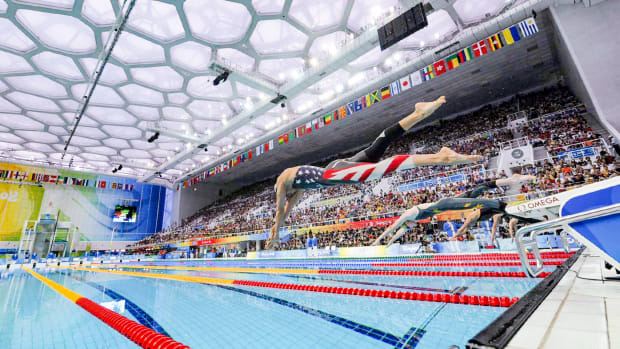
Those turned out to be successes. So was Michael Jordan’s first unretirement, coming back from a brief hiatus in baseball to lead the Bulls to three more titles. But then he tried it again.

“There’s a chance that Jordan will tarnish his legacy by playing badly,” Jack McCallum wrote about MJ’s return for the Oct. 1, 2001 issue of SI. “But we don’t own the man’s legacy any more than we own the man. Jordan clearly doesn’t believe that time froze when he hit his last jumper. Unlike many pro athletes, he didn’t limp to the finish line, play through much pain, endure repeated dead-end seasons or peer into the abyss. It's generally those athletes—Larry Bird comes to mind—who have a reason to quit.”
Jordan came back during the 2001–02 season to play for the Wizards. (He also played the following season.) It was a move that saw him make two All-Star teams while falling short of the playoffs.
A half-decade earlier, Magic Johnson made a triumphant comeback to the NBA, rejoining the Lakers after four missed seasons and taking on Jordan’s Bulls in his second game back.

“Of course, this comeback is not really about beating the Bulls or the Jazz, or any other opponent,” Rick Reilly wrote about Johnson in the Feb. 12, 1996, issue of SI. “This is not about winning the NBA championship or winning the Western Conference or changing the playoff picture.
“This is about a man and a nation finally understanding that HIV is not going to rub off on you under the boards and that your chances of getting the AIDS virus from a scratch inflicted by Johnson are far less than having the giant Forum scoreboard drop on your head.”
Gordie Howe came out of retirement and was a force in the World Hockey Association at 45. He joined the Houston Aeros and played with his two sons Mark and Marty.
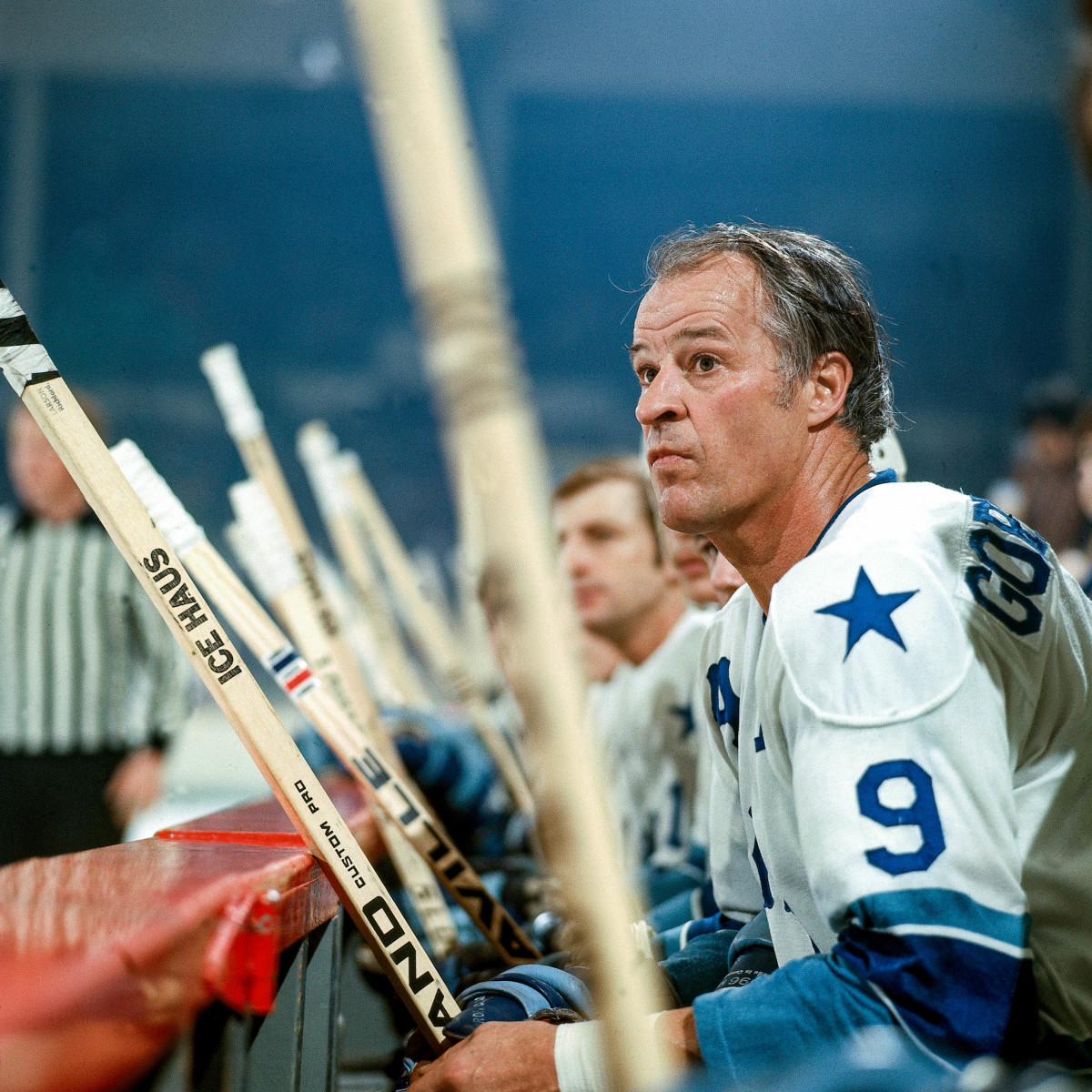
It wasn’t easy for Howe, whom his son described as getting “red as a beet” during training camp practices, according to Mark Mulvoy’s cover story from March 11, 1974.
While much younger than Howe was, Mario Lemieux hit his stride quickly when he returned to the NHL as a 35-year-old during the 2000–01 season.
“This is the best time of my life,” Lemieux is quoted as saying in Michael Farber’s story from March 12, 2001. “I had a lot of great moments in the early 1990s, but to be back and have a chance to play one more time has been great, especially with me playing well and the team playing well.”
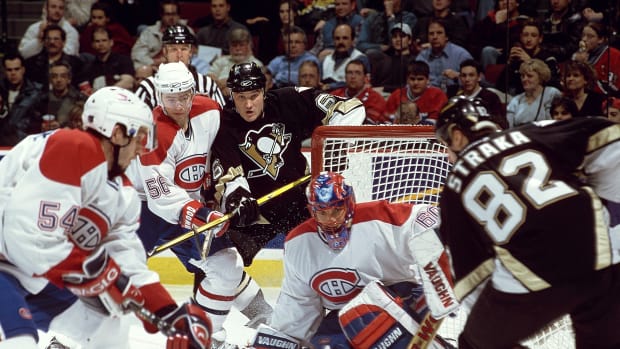
The story goes on to describe how Lemieux’s return was the NHL’s biggest story and how he regained his place atop the league.
Martina Hingis, whose first retirement came relatively premature like Lemieux’s, returned to tennis and hit the ground running.
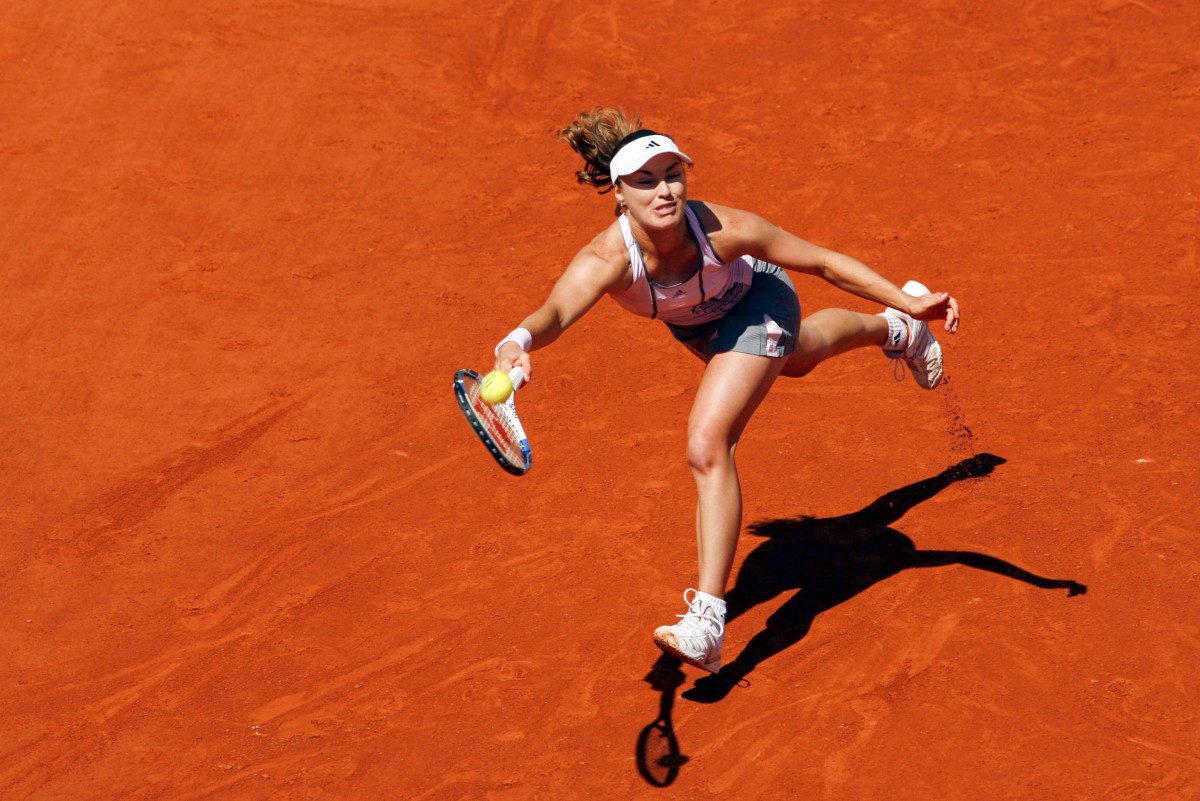
“When she dusted off her rackets, L. Jon Wertheim wrote in 2006, the magic was still there. ‘I was afraid tennis might have left me, but it was there for me,’ she says. ‘People come and go, but this’—she motions to a racket—‘is not like other relationships. I realized the rackets and the balls were always going to be there for me. I could leave tennis, but it wouldn’t leave me. It’s what I do. So I came back.’”
Muhammad Ali also climbed back to the pinnacle of boxing after years when he couldn’t fight following his refusal to enter the U.S. armed forces during the Vietnam War. He would go on to regain the world heavyweight champion title by beating George Foreman in 1974.
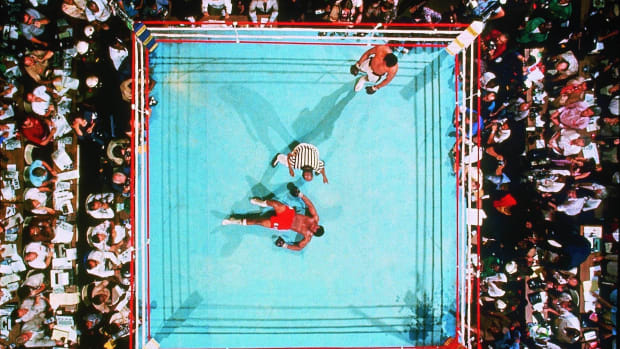
Foreman had a comeback attempt of his own after retiring and ended up winning the title he lost to Ali two decades later in 1994.
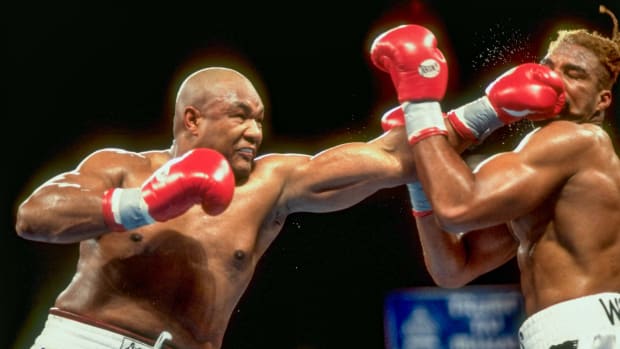
There’s just something about these all-time greats who continue to find success in their returns. Photographer Simon Bruty told the Full Frame newsletter that creating images of these legendary figures, even as they age, presents a special opportunity.
“You never know when something crazy or wild will happen because they have the ability to pull something off that is totally out of the norm,” he said.
And, while it remains to be seen what this next chapter of Brady’s career will bring, there’s a good chance he could end up in the company of some of these athletes. Just ask his teammate Rob Gronkowski (who also has some experience unretiring):
“The guy can play at any age,” Gronkowski told USA TODAY Sports. “If he’s 50 years old he can still come back. … The guy’s a beast. He can play anytime.”
